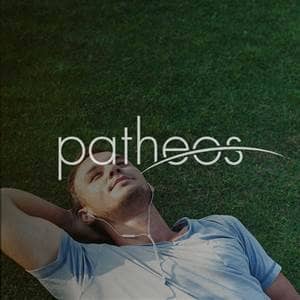
Way back in 1990 — I never imagined myself being as old as I am now! — I published two articles with what was then called the Foundation for Ancient Research and Mormon Studies (FARMS) in which, among other things, I argued that the so-called “Gadianton robbers” of the Book of Mormon weren’t merely a criminal syndicate but represented an alternate and dissident form of religiosity:
“Notes on ‘Gadianton Masonry'”
“The Gadianton Robbers as Guerrilla Warriors”
Later, I followed up on one of the arguments in those two articles with another short piece:
“Notes and Communications: ‘Secret Combinations’ Revisited”
Later still, Nathan Oman and Paul Mouritsen published two very valuable additional articles on the topic of the Gadianton robbers:
“‘Secret Combinations’: A Legal Analysis”
“Secret Combinations and Flaxen Cords: Anti-Masonic Rhetoric and the Book of Mormon”
Finally, in 2011, I returned to the subject for what would prove to be my last publication with the Maxwell Institute, the successor organization to FARMS, as someone affiliated with that organization:
“Exploratory Notes on the Futuwwa and Its Several Incarnations”
Now, my BYU colleague Eric Eliason kindly calls my attention to this very interesting item, which seems to suggest plausible modern-day parallels to the Gadiantons as I view and understand them:
I still have some things that I want to say on the subject. This article reminds me of that.













